Is love truly blind? That’s the question the creators of a new reality dating show set out to explore. Warning: Spoilers ahead.
In the Netflix show Love is Blind, contestants are separated by gender and attend “dates” in separate rooms, where they can hear each other but never see each other. The premise is simple: can individuals fall in love without ever laying eyes on each other, and can that love endure once the visual element is introduced? With curiosity and a bit of skepticism, I watched the show, open to whatever insights it might reveal. The result? Six engaged couples emerged from the experience, surprising even the show’s creators. After becoming engaged, the contestants spent 30 days in Mexico before attempting to get married. While I won’t spoil the ending, here are my key takeaways from the show:
What Does Love is Blind Teach Us About Relationships?
1. The Concept is Fascinating
The idea behind Love is Blind is intriguing—it’s like The Voice, but for dating. By removing the element of physical beauty from the equation, the show challenges us to consider how important physical attraction really is in romantic relationships. After all, physical beauty, shaped by cultural standards, evolves and fades over time. Moreover, someone who might be deemed physically attractive can seem less appealing if their personality is selfish or mean-spirited. Conversely, a person might become more attractive when their personality shines through.
2. The Participants Were Universally Attractive
One notable aspect of the show is that all the participants were, by conventional standards, quite attractive. While beauty is subjective, these individuals were generally above average in terms of societal beauty norms. This raises the question: what would have happened if the show had included participants with a wider range of physical appearances, both within the U.S. and across different cultures?
3. Extraordinary Circumstances Aren’t Reality
It’s easy to fall in love when you’re isolated in a luxurious setting, free from the usual stressors of daily life. The show’s contestants lived in a sort of bubble, shielded from the realities of work, bills, family obligations, and other daily pressures. While the show did introduce the stressor of planning a wedding, the couples still existed in an environment far removed from everyday life. This setting makes it difficult to gauge how these relationships would fare in the real world, where stress and routine can heavily influence romantic dynamics.
4. The Absence of External Influences
In the show, there are no external factors demanding the couples’ attention. In reality, relationships are influenced by friends, family, work, and other responsibilities that can create complex dynamics. Without these external components, the couples on Love is Blind may have experienced a false sense of intimacy. Once these real-world factors are reintroduced, maintaining the same level of closeness and intensity in a relationship can be challenging.
Should We Take Lessons from Reality TV Love Stories?
While shows like Love is Blind are entertaining and offer interesting perspectives on relationships, it’s important to remember that they don’t represent the typical dating experience. These are everyday people “falling in love” under highly extraordinary circumstances.
So, what do you think? Is love really blind, or is physical attraction an unavoidable factor in romantic relationships? If you watched the show, we’d love to hear your thoughts. Comment below and join the conversation!





























